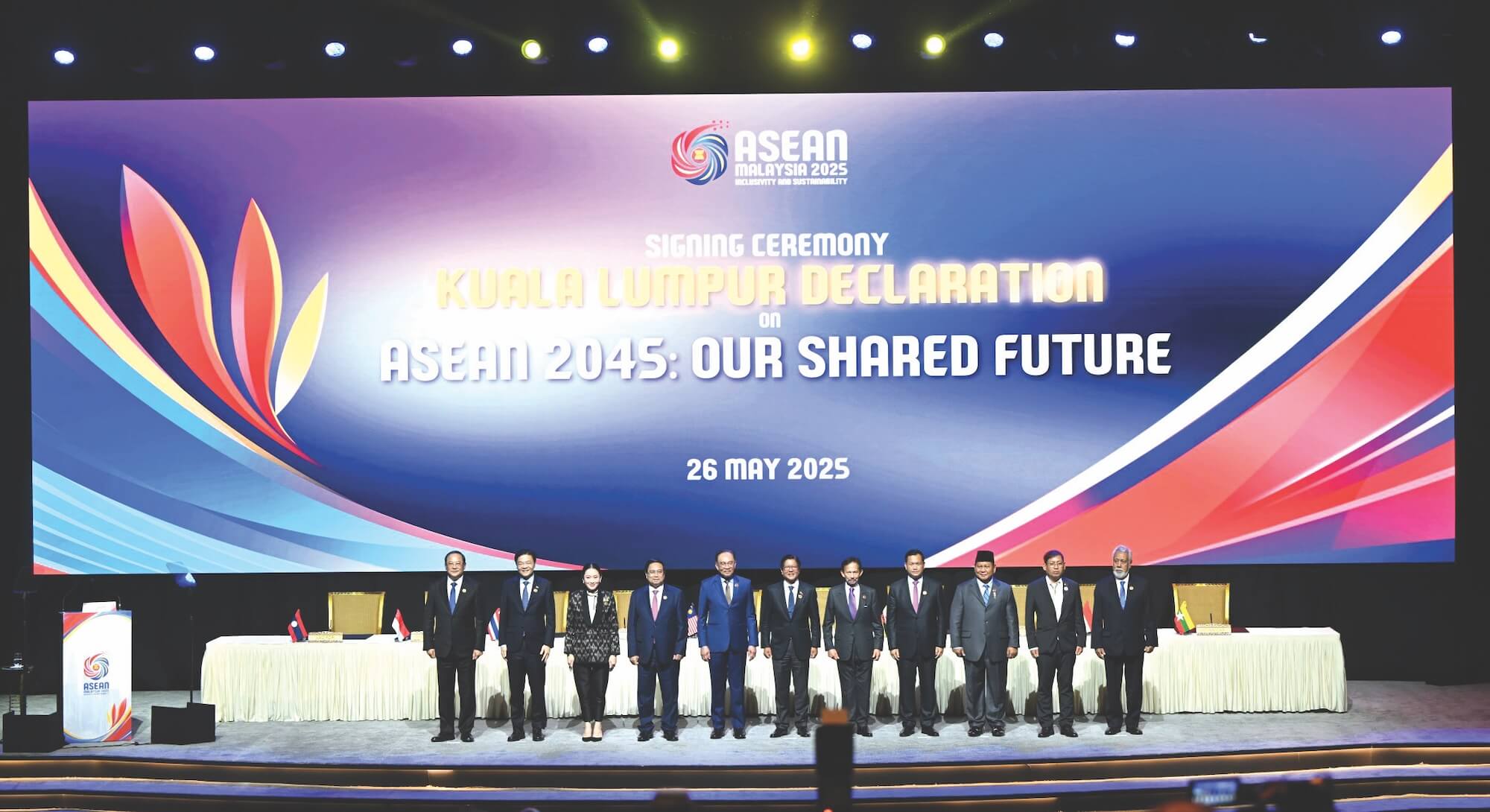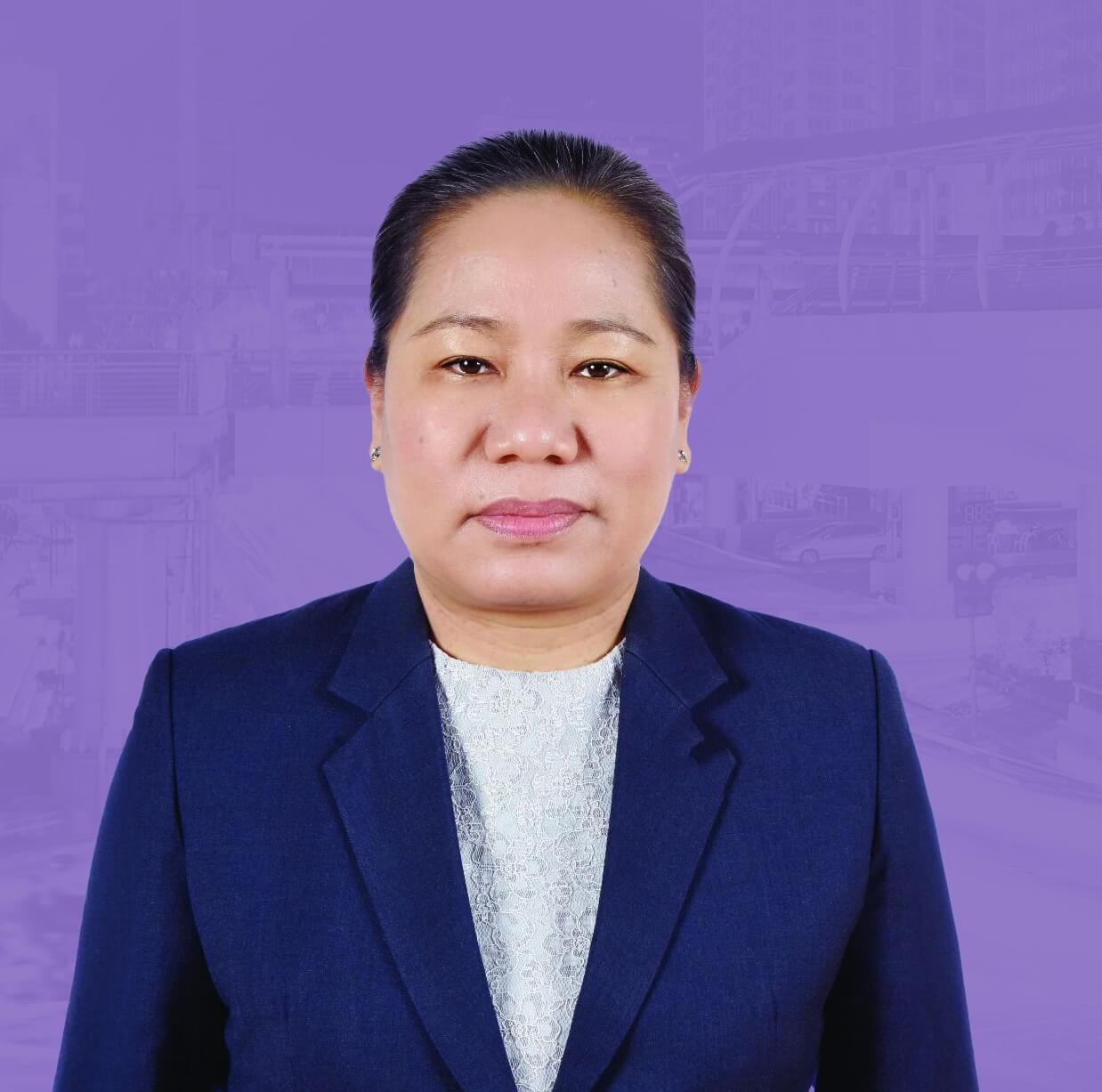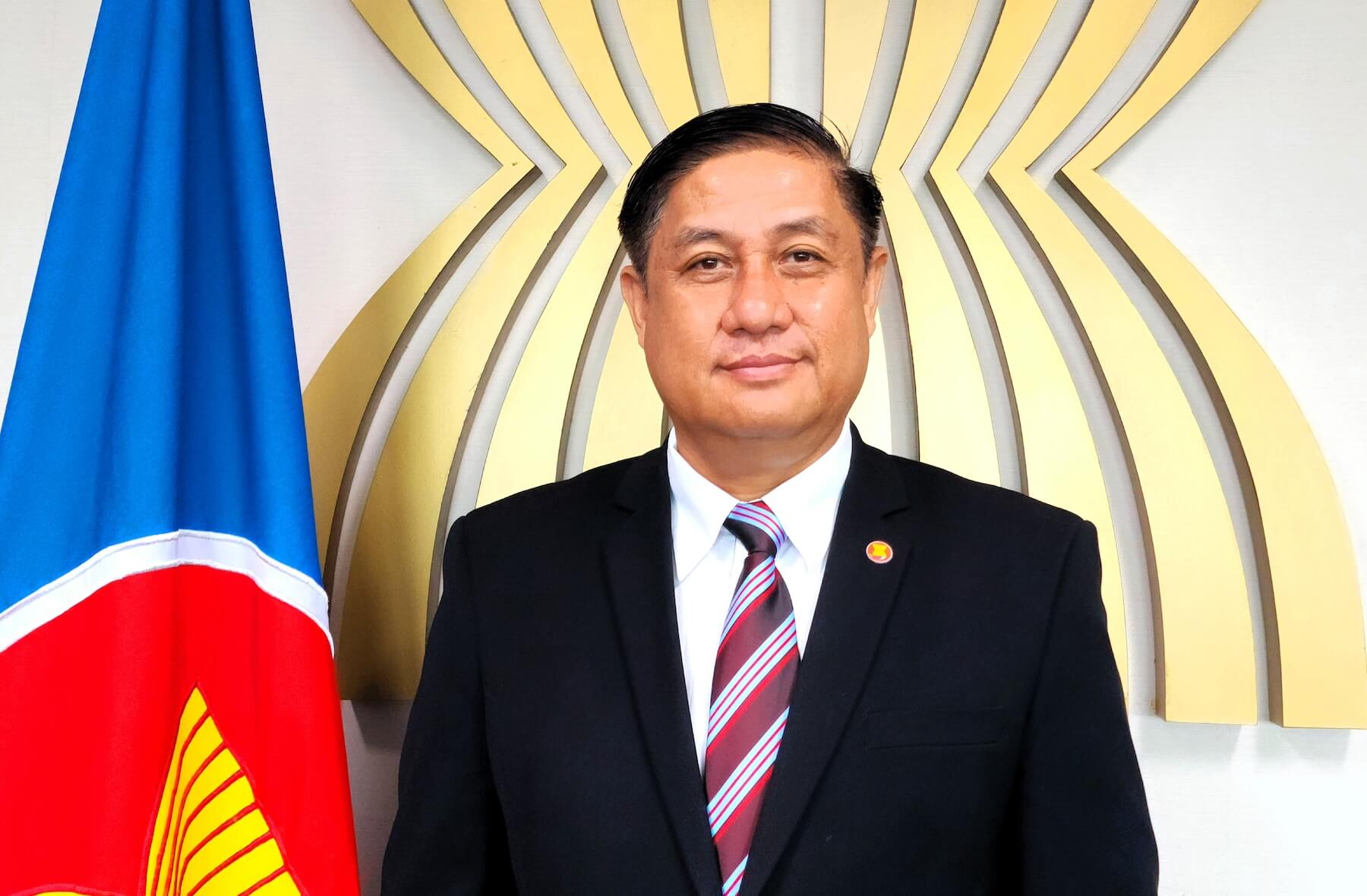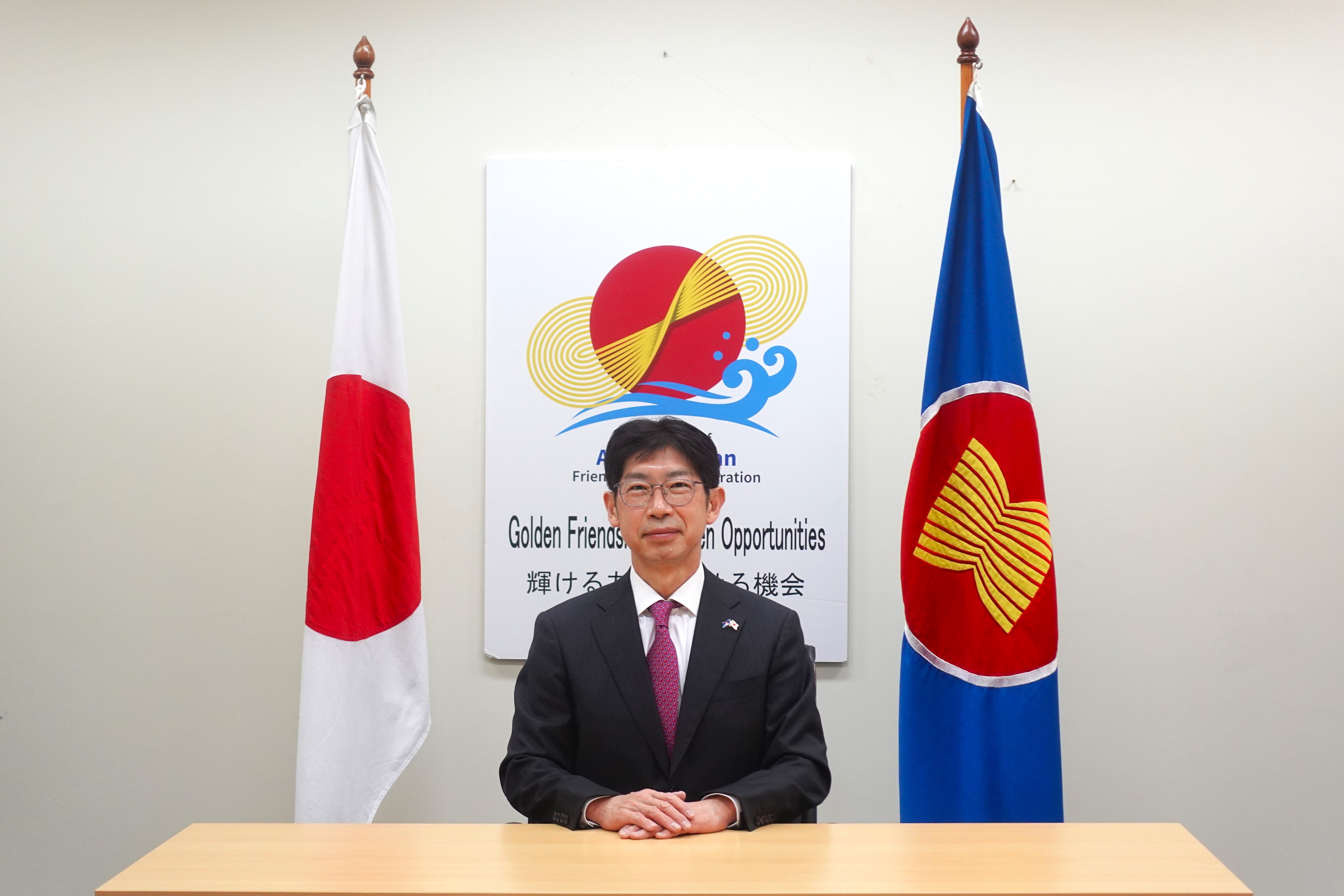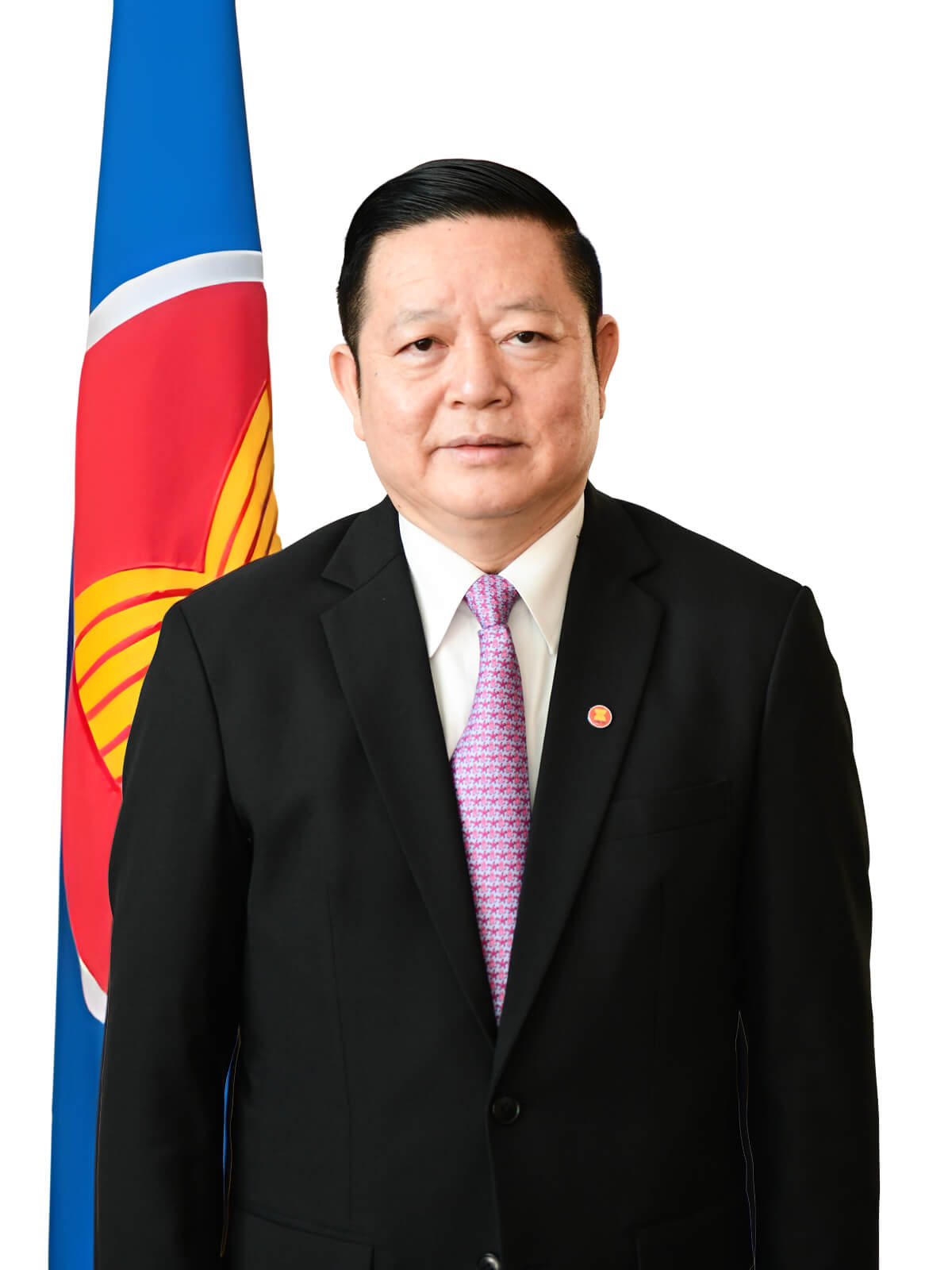
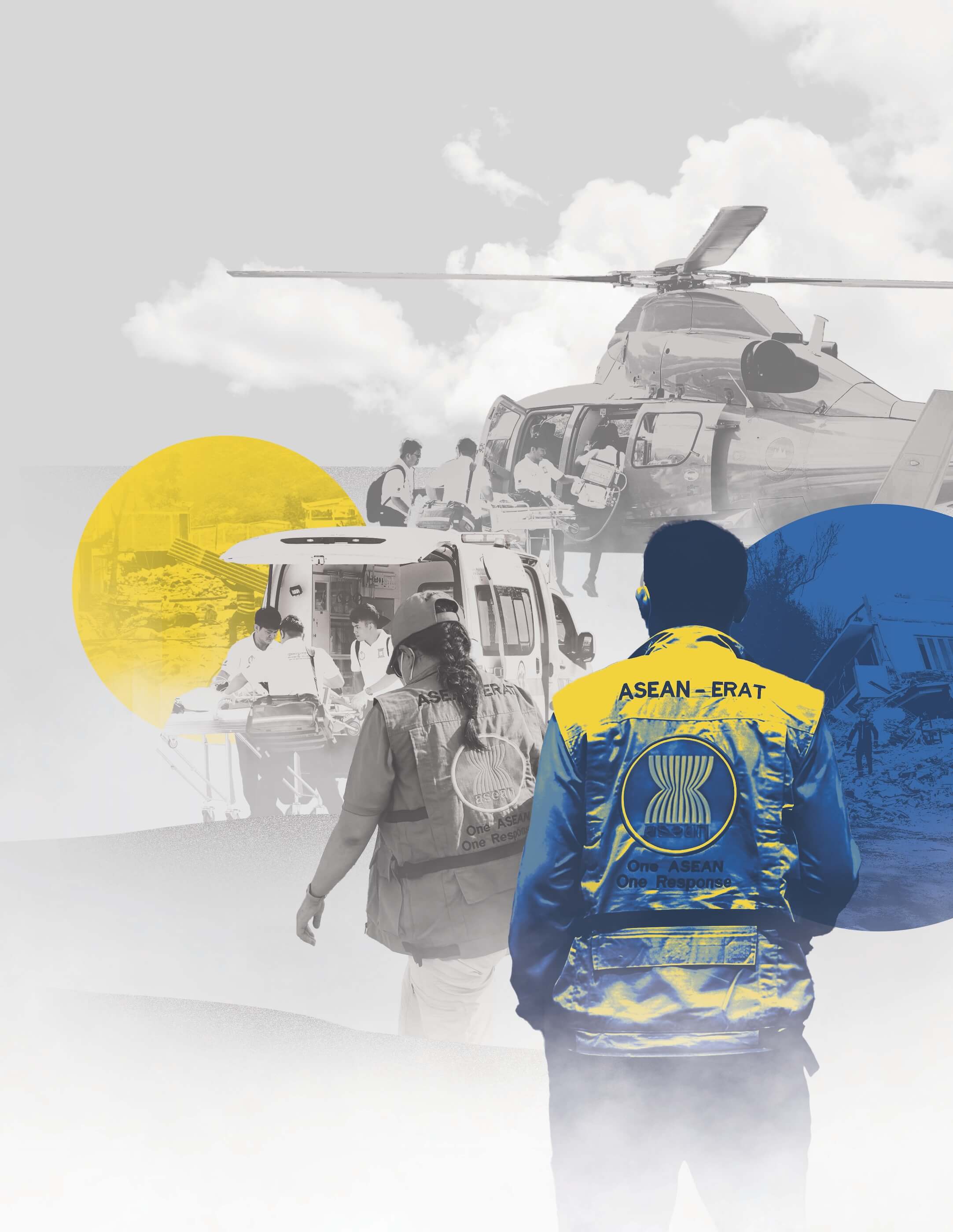

This year, ASEAN has embarked on a momentous journey towards ASEAN 2045: Our Shared Future—an ASEAN that is resilient, innovative, dynamic, and people-centred. On the one hand, “Shared Future” refers to what is envisioned, which, as I said, is a resilient, innovative, dynamic, and people-centred ASEAN. But on the other hand, “Shared Future” is not only what is envisioned, it is also about how to achieve what ASEAN will be 20 years hence. The process is equally as important as the final goal. And ASEAN has been known to focus on the goal, while being mindful of the process of achieving it.
In other words, “Our Shared Future” means that we are all in this together; that as a Community, we will face the challenges that lie ahead and chart ASEAN’s destiny amidst a strategic environment that continues to evolve and keeps on getting more complex. It is about collective action. This is the centrepiece of ASEAN’s journey towards 2045, which is not only a shared future, but “our” shared future.
To encapsulate into four key words what is envisioned as the shared future of ASEAN was no easy task. As a member of the High-Level Task Force on ASEAN Community’s Post-2025 Vision (HLTF-ACV), I personally witnessed how the HLTF-ACV went through a methodical process, taking into account current and emerging megatrends and fully cognisant of today’s complex strategic landscape.
Let me emphasise that this is the first time ASEAN has adopted a 20-year Vision, twice as long as the current vision, which has a timeframe of ten years. This reflects ASEAN’s ability to see beyond the immediate horizon and chart its long-term strategic direction.
How does it strategically diverge from the ASEAN Community Vision 2025: Forging Ahead Together? What are the most significant impact stories and achievements from the ASEAN Communiy Vision 2025 and its Blueprints?
The current Vision, ASEAN Community Vision 2025: Forging Ahead Together, has enabled ASEAN as one community to make substantial progress across sectors and pillars through the Blueprints in the last 10 years. ASEAN 2045: Our Shared Future builds on those achievements. It is not a case of the ASEAN 2045: Our Shared Future diverging from ASEAN Community Vision 2025: Forging Ahead Together. It is about building on what has been accomplished thus far and elevating ASEAN as a Community to new heights.
On the political-security front alone, with the implementation of ASEAN Political-Security Community (APSC) Blueprint 2025, ASEAN has managed to keep this region peaceful, secure, and stable. In spite of an increasingly polarised and fragmented world, ASEAN remains inclusive and dynamic. I am proud to share that more external partners have expressed interest in engaging with ASEAN, with the number of formal partners having increased. ASEAN now has 11 Dialogue Partners, six of which are Comprehensive Strategic Partners, eight Sectoral Dialogue Partners, and six Development Partners, with more applications in the pipeline. There is also an increasing number of countries that have acceded to the Treaty of Amity and Cooperation in Southeast Asia (TAC). The number currently stands at 57, from the original five that signed in 1976 and more countries have applied to accede to the TAC.
Building on this momentum, ASEAN 2045: Our Shared Future lays out strategic goals and strategic measures to, among others, reinforce ASEAN Centrality in the region and its engagements with external parties. ASEAN will ensure that our partnerships grow not only in numbers, but also in depth and significance, generating tangible, substantial outcomes that truly benefit the peoples of ASEAN. ASEAN 2045: Our Shared Future also puts great importance on the ASEAN Outlook on the Indo-Pacific (AOIP), as a key reference framework for concrete cooperation.
The peace and stability that ASEAN has enjoyed thus far have enabled it to advance efforts in building a highly integrated and cohesive economy in the region. ASEAN’s gross domestic product (GDP) has grown to 3.8 trillion US dollars, placing ASEAN as the fifth largest economy worldwide and is poised to become the fourth largest economy by 2030. In 2024, the economic growth rate of the region achieved 4.8 per cent, which is well above the global average. It is also expected that the region’s digital economy will grow to 2 trillion US dollars by 2030, particularly as a result of the ASEAN Digital Economy Framework Agreement (DEFA) being concluded.
How has ASEAN progressed since the establishment of the ASEAN Community in 2015, and how better prepared are we to address future challenges?
Allow me to highlight some of ASEAN’s key achievements. Since its inception in 1967, ASEAN has evolved significantly. Fast forward to 2015, the establishment of the ASEAN Community that year has enabled ASEAN to make a meaningful impact, driving progress across various pillars and sectors. The idea of one ASEAN Community anchored on three Community Pillars provided ASEAN with both the framework for Community building, as well as a guidepost on how exactly to measure progress. And indeed, progress continues to be made in all other areas and sectors of all three Community Pillars of the ASEAN Community.
And, the End-Term Reviews of the three Community Blueprints, including that of the Master Plan on ASEAN Connectivity (MPAC) 2025, conclude that we achieved remarkable progress in our Community-building efforts. Notwithstanding challenges and uncertainties, ASEAN stayed the course.
How prepared is ASEAN to face future challenges? I would humbly say, well-prepared. And this is borne by the fact that one of the key elements of the ASEAN Community Vision 2045 is resilience. Resilience here is not merely the ability to recover from adversity; it is the capacity to anticipate, adapt, and overcome challenges effectively. There’s a saying, “Forewarned is forearmed.” I believe that preparation is the foundation of resilience.
While admittedly, we cannot predict the future with certainty, I could share with you that in crafting ASEAN 2045: Our Shared Future, the megatrends that ASEAN is facing, or that might affect the region in the future, have been considered and factored to ensure that the Vision is as relevant as can be. The identification of these megatrends has enabled ASEAN to prepare appropriate strategic measures to address the potential challenges and to capitalise on emerging opportunities.
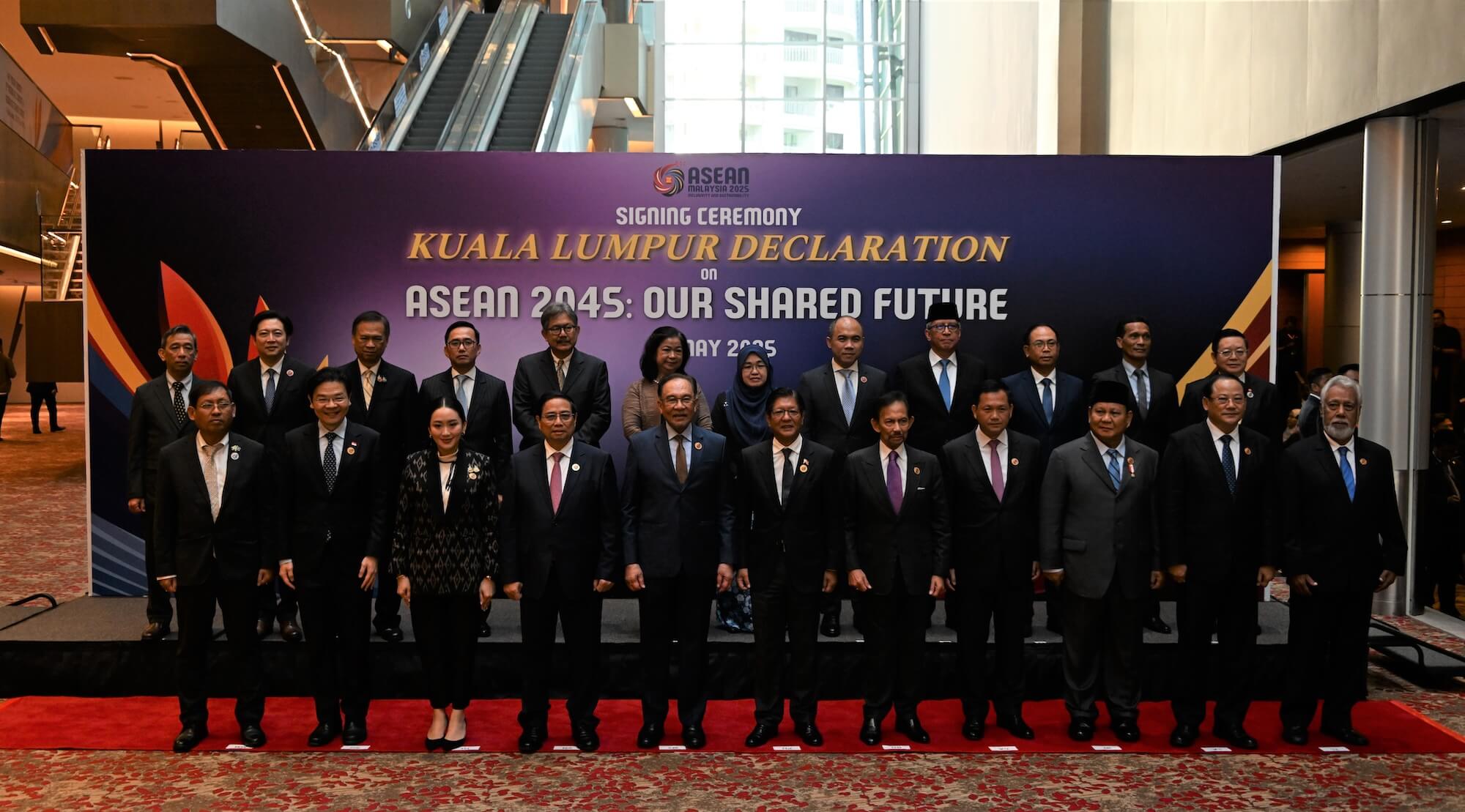
What are the global trends and challenges that the ASEAN addresses to help build a “Resilient, Innovative, Dynamic, and People-Centred ASEAN”?
As ASEAN embarks on realising what is envisioned—a resilient, innovative, dynamic, and people-centred ASEAN, it will navigate a rapidly evolving global landscape shaped by key megatrends over the next twenty years. Without going through the details of these megatrends, which, as I said previously, were carefully considered and factored, I would like to emphasise that the issues that ASEAN faces are interrelated and they actually cut across sectors and pillars. And I can confidently say that ASEAN is ready not only to address the challenges resulting from these megatrends, but it is also equally ready to seize the opportunities that they bring forth.
For example, amidst the intensifying geopolitical rivalry and geoeconomic competition among major powers, ASEAN will remain inclusive and neutral, while upholding its unity and Centrality in its engagement with external partners.
To harness the potential of digital advancements, ASEAN will upskill and reskill its peoples while at the same time, placing necessary safeguards to protect them from risks such as online scams and cyberattacks.
While climate change could even become an existential threat to the peoples of ASEAN, it has also induced governments and peoples to work together to adopt sustainable initiatives.
How can ASEAN effectively engage its people, particularly the youth, to ensure their active participation and inclusion in achieving the 2045 vision?
A vision, no matter how bold or well-crafted, holds little value without the involvement and participation of the people who would bring it to life. It is the collective will, participation, and ownership of the people that transform aspirations into action and ideas into impact. Therefore, to fully realise our shared future by 2045, ASEAN actively engages its peoples, particularly the youth, as the future of ASEAN.
It is encouraging to see growing public awareness of ASEAN. ASEAN is expected to step up its communication and outreach strategy to ensure that all peoples of ASEAN are fully aware of how ASEAN is impacting their lives, and how they could take advantage of the opportunities available through ASEAN. This would further encourage people to get involved and contribute to ASEAN Community building, thereby forging a stronger sense of ASEAN identity in the region.
This is the reason why communicating ASEAN 2045: Our Shared Future to the wider public was thoroughly discussed during its drafting exercise, with the need for a comprehensive communication plan being agreed on. Some proposals that I put on the table are: (i) creating a Wikipedia page on ASEAN 2045: Our Shared Future; (ii) translating the compendium into the national languages of all ASEAN Member States; (iii) for ASEAN external partners to issue joint statements conveying their support for the implementation of ASEAN 2045: Our Shared Future; (iv) having an overview of ASEAN 2045: Our Shared Future in various formats, including video, highlighting the key elements of the compendium; and (v) utilising the regular ASEAN Secretariat publication platforms, i.e. ASEAN website and social media channels.
Why is it essential to include “Institutional Strengthening” in the ASEAN 2045: Our Shared Future? What specific measures can be planned and implemented to help ASEAN respond effectively to global and regional challenges?
Institutional strengthening underpins the successful realisation of ASEAN 2045: Our Shared Future. To attain what is envisioned, capacity has to be developed and resources made available. This is the fundamental reason why an integral part of ASEAN 2045: Our Shared Future is institutional strengthening. I must stress that institutional strengthening is not only the concern of a particular pillar. It is the responsibility of all pillars.
As one goes through the ASEAN 2045: Our Shared Future, one may observe that an entire section on institutional strengthening is included in the ASEAN Political-Security Community (APSC) Strategic Plan. This does not mean that this is only a matter for the APSC Pillar. During the discussions, it was recognised that all pillars, including ASEAN Connectivity, would work towards enhancing ASEAN’s institutional capacity and effectiveness. This is to ensure that such an undertaking would be given the utmost priority across all pillars and provided with the political mandate; an entire section on it has been placed in the APSC Strategic Plan
How can ASEAN enhance inclusivity in defining the work plans and strategic measures of its pillars, thereby making its work more impactful and relevant to the people across the region?
Inclusivity is in ASEAN’s DNA. One fundamental factor for the success of ASEAN and the reason why external partners gravitate towards ASEAN is its being inclusive and open. We do not take sides. We engage everyone. The very reason why the AOIP is supported by ASEAN’s external partners is that it is inclusive; it does not exclude anyone.
The crafting of the ASEAN 2045: Our Shared Future has been undertaken in an inclusive manner with various stakeholders consulted by the relevant bodies tasked to craft the Strategic Plans. Extensive consultations were undertaken. The strategic measures contained in the Strategic Plans resulted from those consultations, which are too numerous to be detailed here. There were also regular interfaces between the HLTF-ACV, the body put up by ASEAN to oversee the entire visioning exercise (which was also the one in charge of crafting the APSC Strategic Plan), and the Chairs of the bodies from the ASEAN Economic Community (AEC) and ASEAN Socio-Cultural Community (ASCC) pillars, as well as the ASEAN Connectivity Coordinating Committee (ACCC). In those interfaces, they not only exchanged notes on the key issues discussed in their respective domains, but they also brainstormed on those strategic measures that cut across pillars and sectors.
Moreover, to be clear, specific sectoral bodies to implement the various strategic measures have been identified. And their identification has likewise been undertaken in an inclusive and consultative manner. As the various sectors would go through the exercise of identifying specific activities that contribute to the robust implementation of various strategic measures in the strategic plans, I am certain that their respective exercises would be undertaken in an inclusive manner to ensure that the process is participatory, robust and dynamic.
